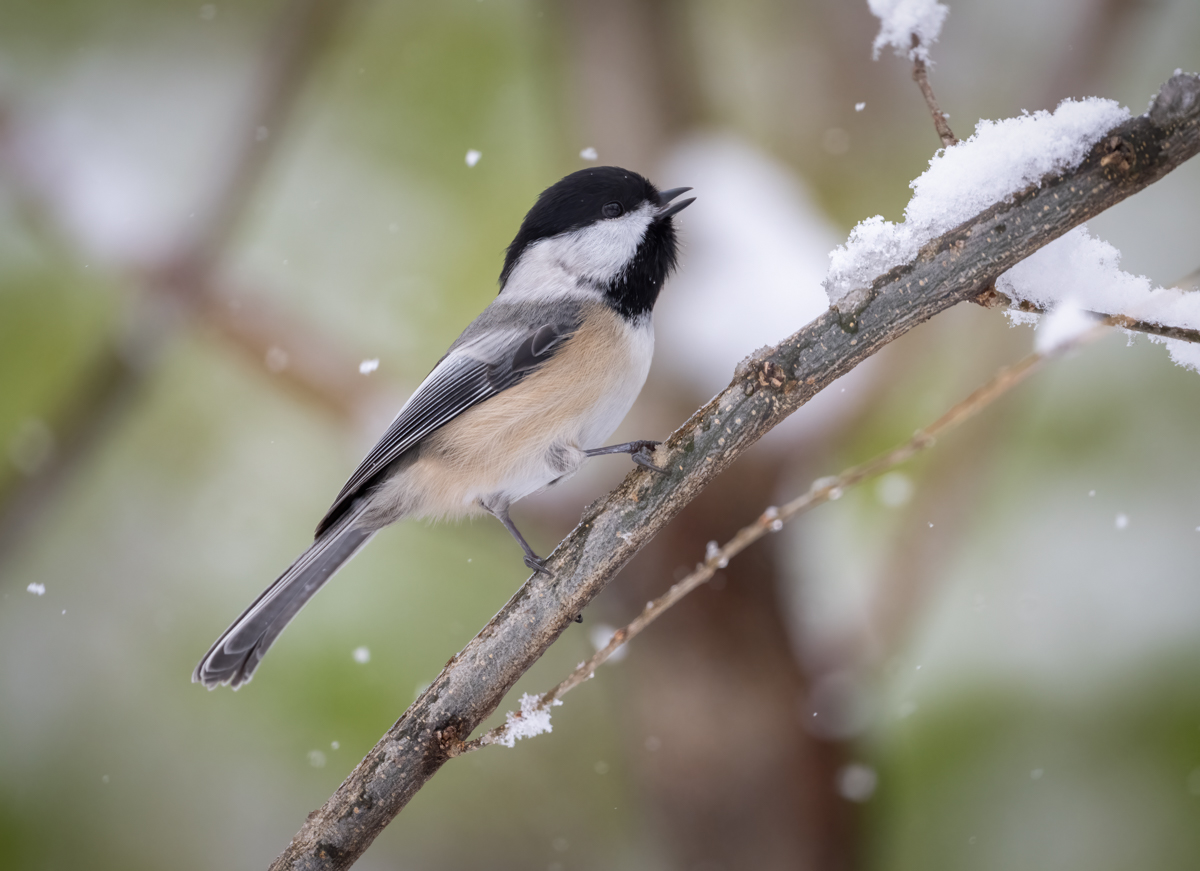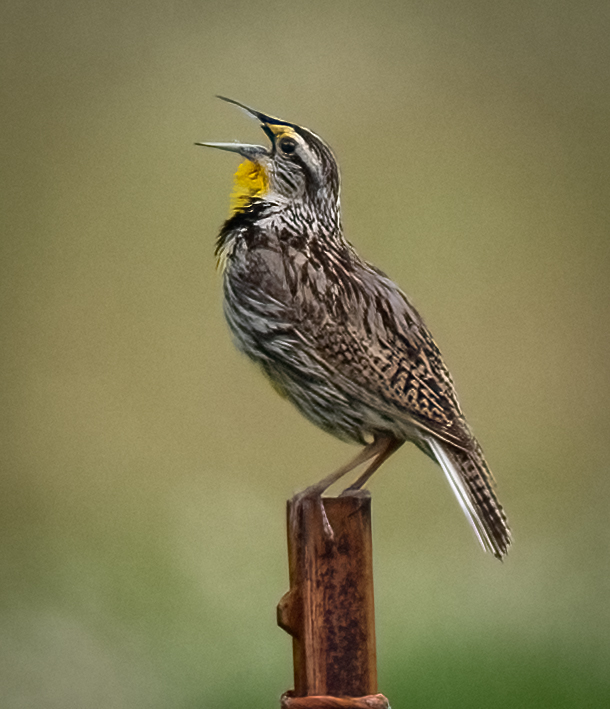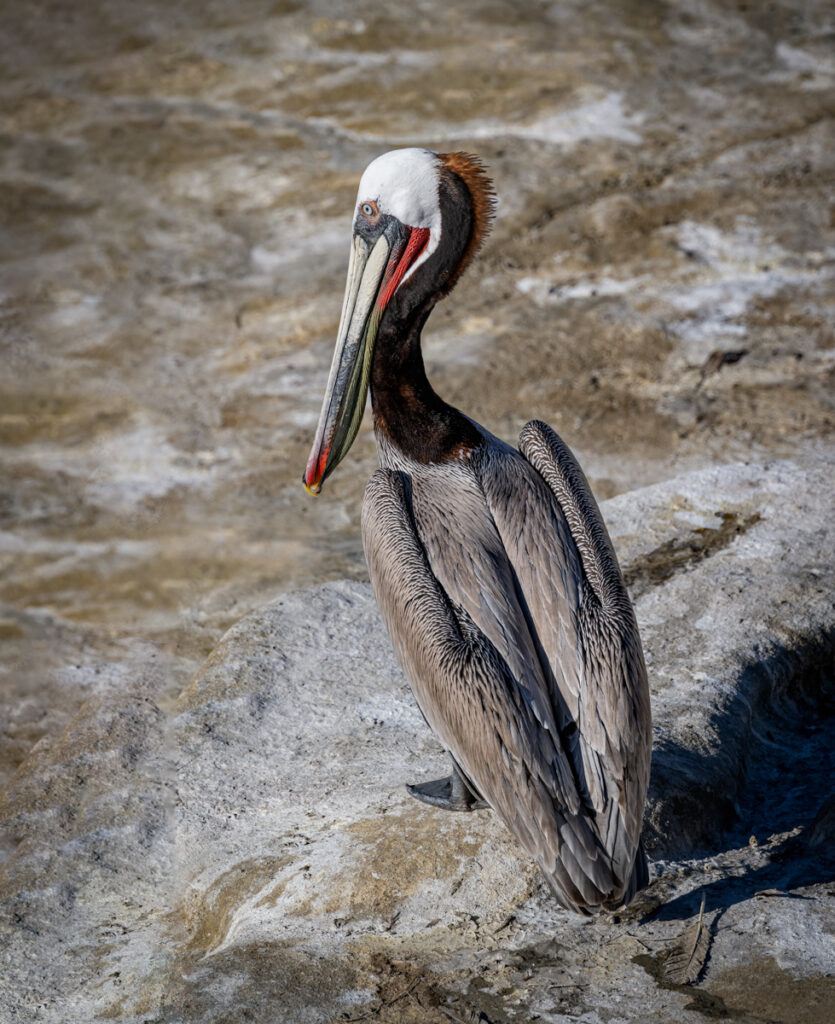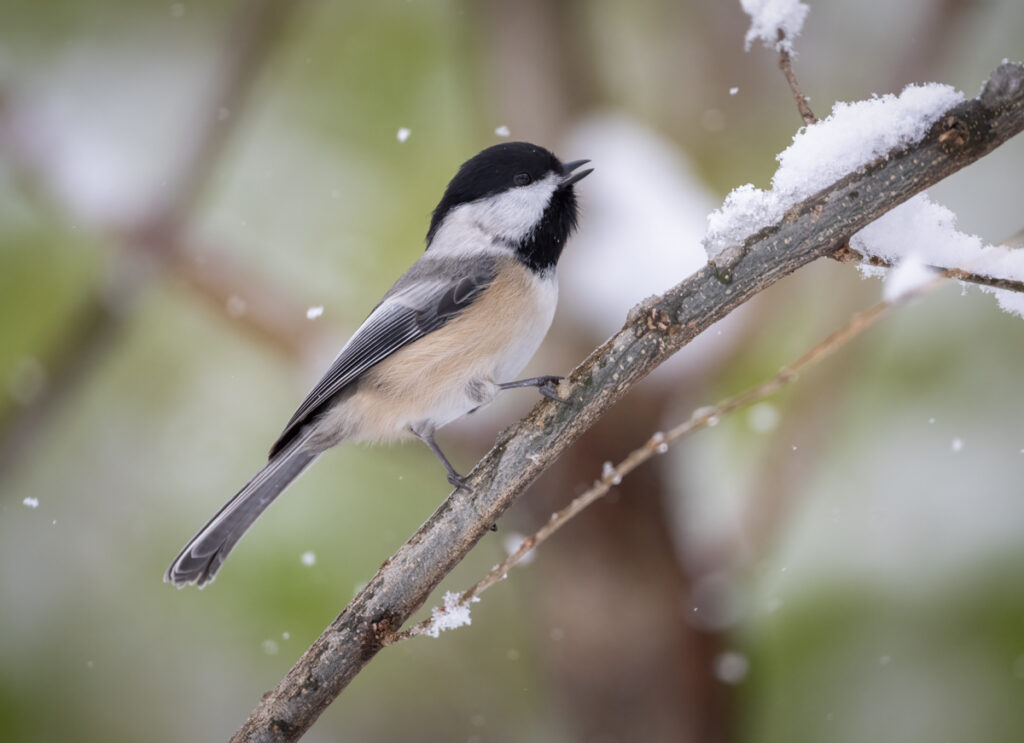
When US states choose the bird species that best symbolizes their corner of the world, those tasked with making the final decision should always consider the environmental efforts of the citizens and authorities of that state. In today’s blog we continue our alphabetic meander across the nation and look at three states and the resources dedicated to the conservation of their chosen feathered representatives.

KANSAS AND THE WESTERN MEADOWLARK
The Western Meadowlark was chosen as the official state bird of Kansas in 1937, twelve years after the state’s schoolchildren were quizzed about their favorite bird. Winning by over 125,000 votes, this bright yellow-breasted bird with that stark black V and brown and buff dapples was clearly a beloved bird indeed. In spring and summer, prairies and grasslands come alive as the distinctive flute-like song conjures the epitome of pastoral idyll. Kansas has made significant strides in bird conservation over the years, particularly in preserving and restoring native grasslands that are crucial for the Western Meadowlark’s habitat. The Kansas Department of Wildlife and Parks actively manages protected areas like the Cheyenne Bottoms Wildlife Area and the Tallgrass Prairie National Preserve, both of which provide essential breeding and nesting grounds for this iconic species. However, concerns are rising as these beautiful songsters are on the decline as climate change and habitat loss become more than just buzzwords across the world.

LOUISIANA AND THE BROWN PELICAN
The Brown Pelican is a majestic seabird with an impressive wingspan and distinctive pouch, and it was the bird’s nurturing behavior as it fed its young that impressed those first settlers of the aptly named Pelican State. Declared the state bird of Louisiana in 1966, the bird appears on the state flag, seal, and state painting. However, the Brown Pelican faced significant challenges due to habitat loss and the devastating effects of pesticides, which led to its decline – by 1961, the bird had ceased to nest along the Louisiana coast entirely, gradually disappearing and declared locally extinct in 1963. In response, in 1968 and in conjunction with the National Audubon Society, extensive conservation efforts were implemented, beginning with imported healthy juveniles and fledglings from nearby Florida state. Through initiatives like the Wetland Birding Trail and the Coastal Wetlands Planning, Protection, and Restoration Act, the state has worked tirelessly over the decades to restore vital coastal habitats and protect nesting colonies of the Brown Pelican. These efforts have successfully helped the population rebound, leading to delisting as endangered in 2009, and the state is now home to an estimated 100,00+ individuals, showcasing the state’s commitment to avian conservation.

MAINE AND THE BLACK-CAPPED CHICKADEE
The Mighty Moose is the Pine Tree state’s animal, an apt choice for such a forested and smoothly contoured mountainous state. For the state bird, zoom out to the other end of the size scale, and look upon the adorable tiny black, white, and buff Black-capped Chickadee, chosen to represent Maine in 1927. This small member of the titmouse family, known for its distinctive oversized head capped in and its cheerful, uplifting song, makes its home all year long in the 17 million acres of rugged forests and dramatic landscapes as well as urban backyards. Maine has a rich history of bird conservation, spearheaded by the Maine Audubon Society‘s Forestry for Maine Birds (FFMB), an organization that plays a crucial role in protecting bird species and their habitats. The state’s efforts include preserving important bird areas, conducting research on bird populations, and organizing educational programs to raise awareness about avian conservation. The Black-capped Chickadee serves as a symbol of Maine’s adaptability and resilience.
These three states and their feathered ambassadors serve as perfect examples of the diversity of bird species and their habitats across the United States – grasslands and prairies, coastal regions, and dense forests, all equally deserving of protection and conservation.



